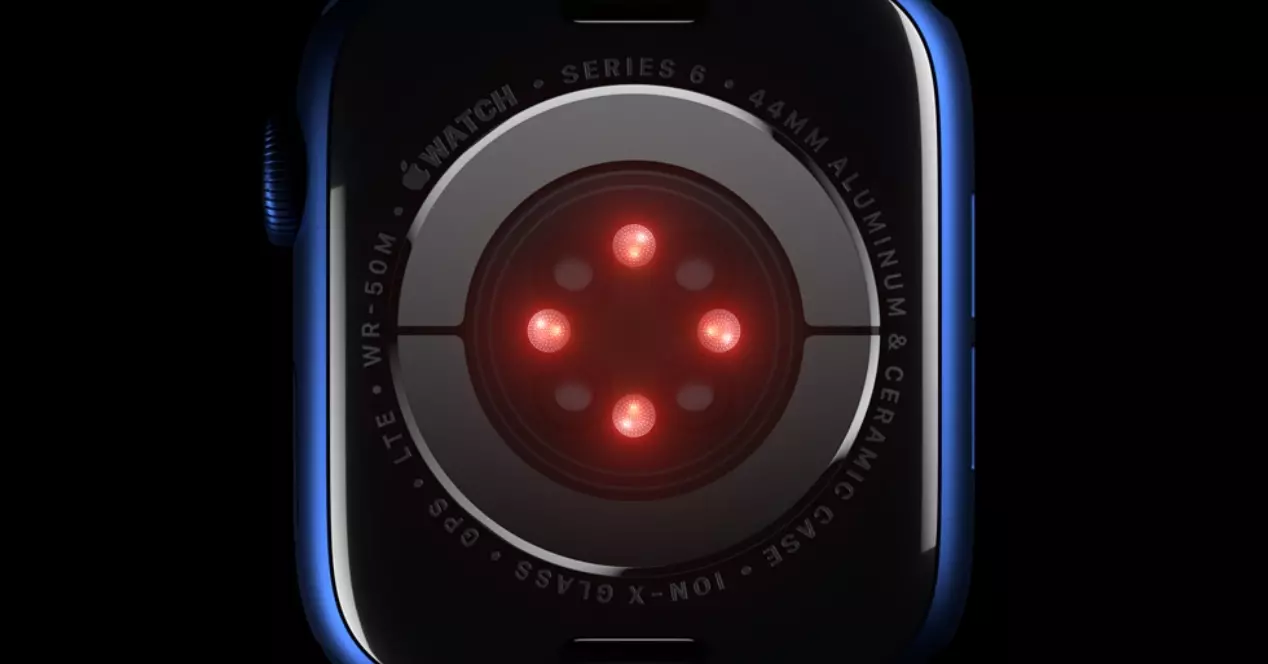The Apple Watch is often hailed as a remarkable health monitoring device, equipped with an array of sensors and algorithms designed to track critical health metrics. However, it appears that these sensors face a significant obstacle when encountering tattoos in the vicinity where the watch is worn.
Apple Watch Sensors
Nestled on the back of the Apple Watch screen are diodes, which can emit either red or green light depending on the model. These diodes come to life when measuring parameters like blood oxygen levels, heart rate, and physical activity tracking. While the data provided by these sensors should never replace medical advice, they offer valuable insights that can serve as a starting point for both healthcare professionals and users.
The Tattoo Trouble
The conundrum arises when tattoos are present. Tattoos can potentially impede the lasers emitted by the diodes, thwarting the accurate collection of data. The impact of tattoos on sensor functionality depends on factors like size and intensity. A small tattoo may not cause significant disruptions, but an extensive arm tattoo, especially one with dense ink coverage, can lead to incorrect results or even failures during analysis processes.
Consequences of Tattoos
The consequences of tattoos on Apple Watch functionality extend beyond health data analysis errors. Users may find that the watch prompts for their password more frequently when reattached to the wrist after charging. The inability to detect blood flow due to tattoos can trigger these password requests.
While one possible solution might be to disable the passcode, doing so limits essential functions like Apple Pay, as Apple considers it a security risk. Additionally, users with tattoos may face challenges in measuring their heart rate accurately or monitoring blood oxygen saturation levels. The sensor relies on a specific light frequency to penetrate the skin’s three layers and record information, making tattoos an obstacle.
Furthermore, individuals with tattoos may experience inaccuracies in calorie counting and completing activity rings. If the watch cannot continuously monitor heart rate, it cannot gauge daily physical activity levels accurately. Athletes relying on precise data may need to reconsider using the Apple Watch.
Seeking Solutions
In conclusion, users with tattoos in the vicinity of the watch’s sensor may need to explore potential solutions. If tattoos are absent on the wrist where the watch is worn, switching wrists may help. However, for those with tattoos on both arms, seeking assistance from Apple’s technical service to explore possible data collection mechanisms is advisable.
In essence, while the Apple Watch offers impressive health monitoring capabilities, users with tattoos must be aware of potential limitations and explore workarounds to ensure accurate functionality.

